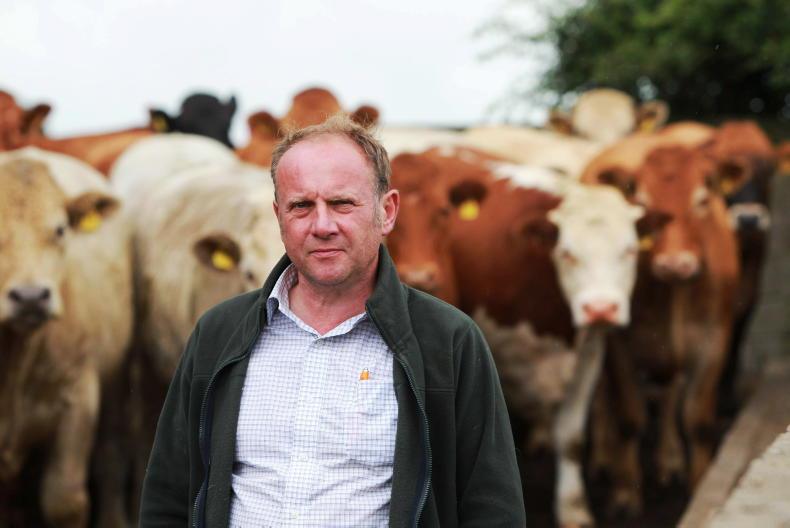I can’t let this opportunity pass without writing about a proud Irishman and a hero of mine who died 100 years ago this week.
I have to confess, there’s little of agricultural interest in the life of this man except to say that he was born on a farm in south Kildare. But bear with me as I share a few moments of his timely story.
Polar explorer, Ernest Shackleton, was not the first to reach the South Pole.
He dearly wanted to be but was beaten to it. Neither was he the first to cross the continent of Antarctica. In that sense, he’s an unlikely hero.
He thrived in adversity leading from the front
But what sets Shackleton apart is the fact that he was a brilliant leader and when the going got tough, he was at his absolute best. He thrived in adversity leading from the front.
Ernest Henry Shackleton was born on 15 February 1874 at Kilkea House, Co Kildare but his father, in the great agricultural depression, moved his family to London a few years later. His charm and charisma were evident from his earliest years. Entertaining company and a wonderful storyteller with a very adventurous spirit, he wished to make a name for himself and was drawn to the high seas, entering the merchant navy at age 16.
The halcyon pre-war period of the early 1900s were the heroic years of polar exploration. Shackleton dearly wanted to be part of it, not least to prove himself to his wife-to-be. He had a lucky break when chosen as an officer with Scott’s first attempt at the South Pole.
Impatient, moody and restless at home, he was a complete paradox on the ice
Though not successful, Shackleton’s polar appetite was whetted and he was to be forever drawn to Antarctica. Impatient, moody and restless at home, he was a complete paradox on the ice.
Leading his own expedition in 1907, he too was unsuccessful but set a new record for furthest south, trekking to within 100 miles of the Pole. On return, he was knighted.
With their ship Endurance crushed by ice, all 28 men escaped over the sea ice to godforsaken Elephant Island
But his greatest hour was yet to come. In 1914, he sailed for Antarctica, leading his own expedition to cross that continent. Beset with ice disasters from the outset, the journey turned into one of the most heroic maritime rescue missions of all time.
With their ship Endurance crushed by ice, all 28 men escaped over the sea ice to godforsaken Elephant Island.
There followed an incredible 800-mile sea journey with a crew of five in an open lifeboat to South Georgia where he sought help to rescue his men which he did successfully. Shackleton arrived home in 1917 to a world torn apart by war and one which presumed him dead.
In 1921, a restless and ill Shackleton returned to Antarctica for the last time. On 5 January, 1922 he died, aged 47, from heart failure. His men made arrangements for his remains to be returned to England. But his beloved and long-suffering wife intervened and ordered his burial on South Georgia where she knew his heart truly lay.
He was probably seen as siding with Britain as indeed were the thousands of Irishmen who fought in the Great War
The fledgling Irish Free State of 1922 felt itself unable or willing to celebrate the life of Shackleton.
He was probably seen as siding with Britain as indeed were the thousands of Irishmen who fought in the Great War. Today, thankfully, 100 years later we are more mature as a country in these matters and can celebrate all these proud Irishmen, very much including Sir Ernest Shackleton.
Boundaries
And since we have the Shackleton Crater at the lunar South Pole, should we not now have something prominent named in his honour and 240,000 miles nearer home?
The proposed road bridge crossing the Barrow as part of the bypass around his hometown of Athy could be named the Shackleton Bridge.
No one crossed more boundaries than he did in his lifetime.






 This is a subscriber-only article
This is a subscriber-only article










SHARING OPTIONS: